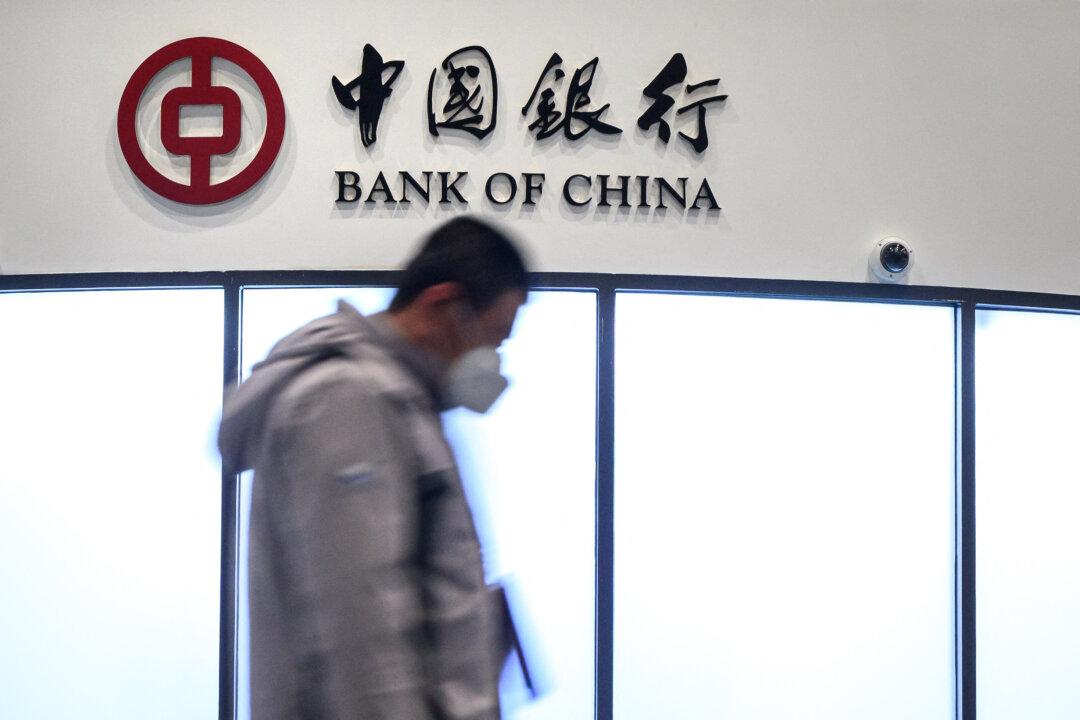Commentary
After a tumultuous several months, gold prices enjoyed a decent run-up in Q4 2022.
The price movement was helped by the dollar’s retreat, hopes that the Federal Reserve will slow down its aggressive monetary tightening, and renewed demand for the metal from emerging markets.
Is this the beginning of a multiyear bull market in gold?
To be fair, gold investors have endured years of underperformance. Gold closed 2022 on two consecutive down years.
The World Gold Council, in its 2023 outlook report, said gold will enjoy a “stable but positive performance” in the year ahead. It isn’t an outright bullish view, as central banks around the world will continue to maintain a strong bias to fight inflation—and keep interest rates high, a deterrent to gold price increases.
But recession is near inevitable in many economies. Gold typically performs very well in a classical recessionary economic environment.
Another supportive fact pattern to a rebound in gold price is the continued decline in the U.S. dollar. The World Gold Council’s research indicates that peaking dollar value has historically been positive for gold, with a positive spot price movement during the 12 months after the dollar has peaked.
Gold investors should pay close attention to the dollar. Gold’s approximately 10 percent price increase during the fourth quarter of 2022 very closely tracked the dollar’s decline during the same period.
Cooling inflation—and therefore rate-hike expectations—is only one factor going against the dollar. Another factor is improving expectations for economic growth outside the United States, such as in China and Europe.
China’s reopening will put further pressure on the dollar. Beijing during the last week of December 2022 announced the rollback of inbound quarantine in January. This measure is expected to boost the local economy and stimulate foreign investment in the country.
Geopolitical risk is another major determinant of gold prices. Political uncertainty and war make gold a valuable tail risk hedge.
Saxo Bank’s Head of Commodity Strategy Ole Hansen recently predicted that gold will top $3,000 per ounce in 2023 due to “war economy mentality of self-reliance and minimizing holdings of foreign FX reserves, preferring gold.” This coincides with another prediction that countries will move to invest in locking in energy and commodity resources as well as supply chain security. In addition to gold itself, Saxo is also bullish on junior gold miners.
No doubt this view has been informed by the ongoing war between Russia and Ukraine, and China’s continued saber-rattling against Taiwan. Russia’s largest bank—Sberbank—on Dec. 26, 2022, announced the launching of a gold-backed digital financial asset, claiming that it offers an “alternative” investment amid de-dollarization.
Central banks were some of the biggest buyers of gold last year. In Q3 2022, central banks added a record 399 tons of gold, according to World Gold Council data. Among them, China has been one of the biggest buyers. Beijing is well known for its intentions to cut U.S. dollar dependency, and it had a front-row seat to Russia being locked out of the dollar-dominated global financial system, faced with price caps and sanctions against its energy exports and its overseas foreign exchange assets frozen.
There have been rumblings of BRICS nations (Brazil, Russia, India, China, and South Africa) and their allies banding together to develop a new reserve currency backed by commodities such as gold and oil. No such plans have been officially announced, but certain BRICS nations have been preparing to diversify away from the U.S. dollar for years.
Despite the positive backdrop, there are risks that gold will continue to underperform.
The worst-case scenario would include more interest rate increases by the Federal Reserve and keeping monetary conditions tight despite an economic recession. However, this policy path would go against the Fed’s recent history and philosophy.





